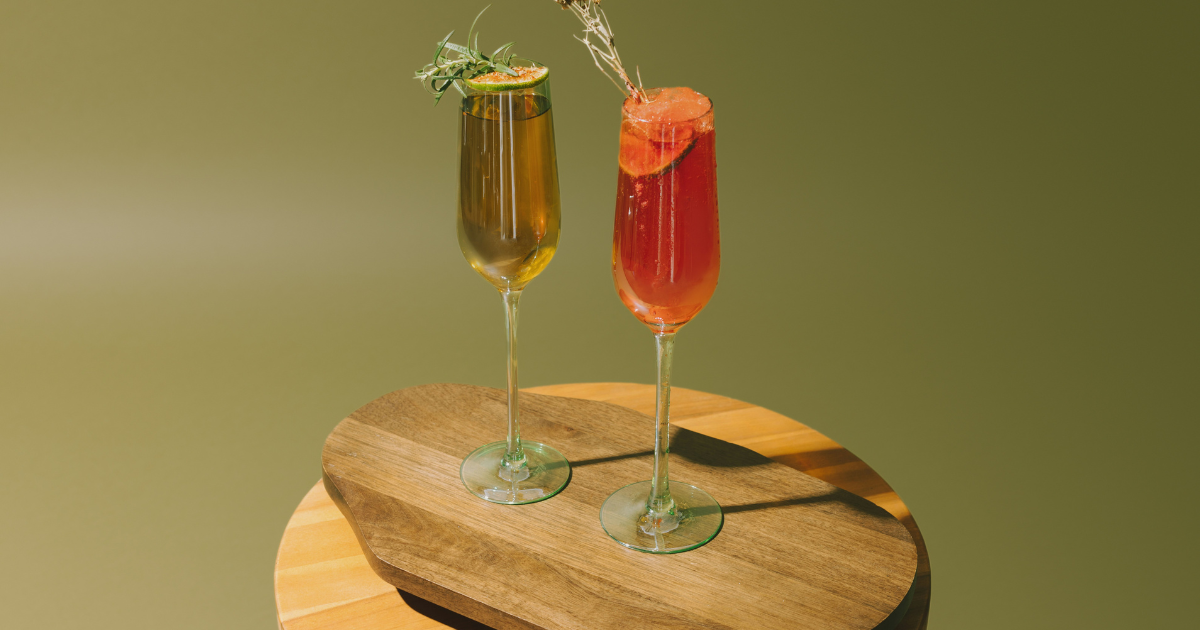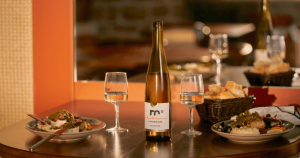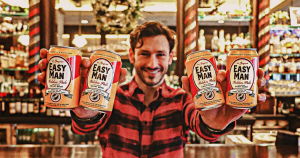By Ricki Crowley, non-alc enthusiast and Founder of celi
I’ve had non-alcoholic beers around the world—at sunset in Santa Marta on the Caribbean Sea, at the foot of the Trevi fountain in Rome (one euro lighter), and on a cliff in Dubrovnik (moments before a seventh impulse tattoo).
But, when I went to enjoy one with my dad while home for Labor Day, my options at the bars down the road were disappointingly limited. This story isn’t just mine. It’s a narrative playing out in bars, restaurants, and cafes across the country.
In today’s evolving hospitality landscape, a powerful trend is reshaping consumer expectations: the surging demand for non-alcoholic (NA) options. If your establishment isn’t catering to this booming market, you’re not just alienating a significant portion of your customer base. You’re also missing out on incremental revenue.
Let’s dive into why offering NA options isn’t just good practice—it’s essential for your business’s growth, customer satisfaction, and long-term success in an increasingly diverse and health-conscious market.
Ten reasons to offer non-alcoholic options
With NA options, you’re opening doors to new customers, increased revenue streams, and a more inclusive establishment. Here are ten reasons to offer them:
- Tap into a lucrative market: The NA beverage sector is exploding, topping $565M in sales in 2023, a 35% year-over-year increase (Nielsen). Don’t miss out on this booming market.
- Boost your bottom line: Premium NA options can significantly increase average order size. Transform free water orders into $10 – $15 crafted NA cocktails or high-quality NA beers.
- Enhance customer lifetime value: Non-drinkers who feel catered to are more likely to return. By offering NA options, you’re investing in long-term customer relationships.
- Embrace inclusivity and social responsibility: Expand your customer base by welcoming a diverse crowd: pregnant women, designated drivers, those in recovery, health-conscious individuals, and people observing religious practices. Show that everyone belongs at your establishment.
- Ride the health and wellness wave: As consumers increasingly prioritize health, many are reducing alcohol intake. Offer enticing NA options to cater to this growing health-conscious demographic while delivering the social experiences they crave.
- Capture the Millennial and Gen Z markets: Younger generations are drinking less. In fact, nearly half of drinking age Gen Z have never had an alcoholic drink (IWSR). Think about how that will impact the hospitality industry as they continue to gain spending power.
- Extend operating hours: Tap into revenue outside traditional peak hours. NA options can appeal to consumers earlier in the day, transforming your slow or untapped hours into bustling business.
- Capitalize on seasonal trends and events: From Dry January to summer mocktail season, NA options open up a world of themed events and promotions. Stay relevant year-round with a robust NA menu that adapts to changing consumer habits.
- Stand out from the competition: In crowded markets, a unique and diverse NA menu sets you apart. Attract media attention and enhance your brand image by being at the forefront of this growing trend.
- Generate positive buzz: NA options create word-of-mouth marketing gold. They align perfectly with Jonah Berger’s STEPPS framework for viral content:
- Social Currency: Customers feel sophisticated ordering craft NA cocktails.
- Triggers: Visible NA options serve as constant reminders.
- Emotion: Catering to all customers evokes positive feelings.
- Public: Visually appealing NA drinks encourage others to try them.
- Practical Value: NA options solve problems for non-drinkers and designated drivers.
- Stories: Unique NA offerings create shareable experiences and talking points.
Your low-risk path to NA success
Implementing a non-alcoholic menu is far simpler and more cost-effective than you might think. Here’s your quick-start guide to NA success:
- No special equipment required: Unlike traditional alcoholic beverages, most NA options don’t need specialized storage or dispensing equipment.
- Simplified supply chain: Many NA brands offer direct ordering, cutting out the middleman. Benefit from fresher products, potentially better pricing, and personalized service.
- Start small, think big: Begin with a curated selection of bottled options. No need for large quantities—start with small orders to gauge demand. For less than $250, you can create a compelling NA menu featuring craft beers, wines, and spirits.
- Low risk, high reward strategy: Minimal upfront investment means you can test the waters without breaking the bank. Use customer feedback to refine your offerings and scale gradually. The best part? You can start small and scale as demand grows. It’s a low-risk pathway to staying ahead of industry trends and meeting evolving customer preferences.
Embrace the NA revolution
Embracing non-alcoholic options is a strategic business decision that will enhance your establishment’s future.
By expanding your NA offerings, you’re not merely adding drinks to your menu. You’re opening doors to a broader customer base, unlocking new revenue streams, and positioning your business as forward-thinking and inclusive.
Don’t let your establishment be the last to join this revolution. Start small, curate a thoughtful NA menu, and watch your revenue grow.
The NA revolution is here. Will you be at its forefront?
About the author
Ricki Crowley is a longtime non-alc enthusiast and Founder of celi, a web app that remembers your friends’ and family’s birthdays, sober anniversaries, and 13 other important dates, reminding you via SMS and WhatsApp. Create your free profile here.






